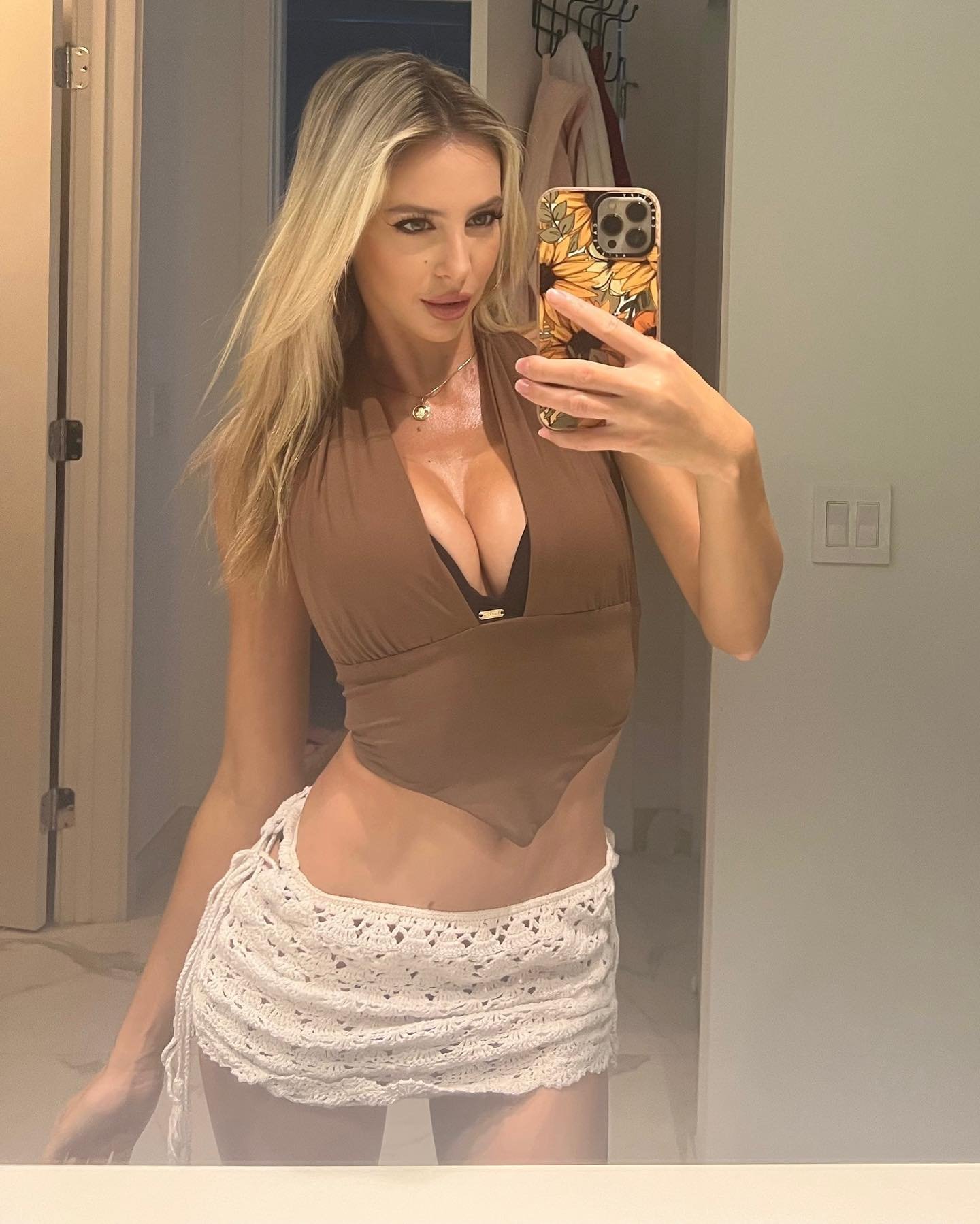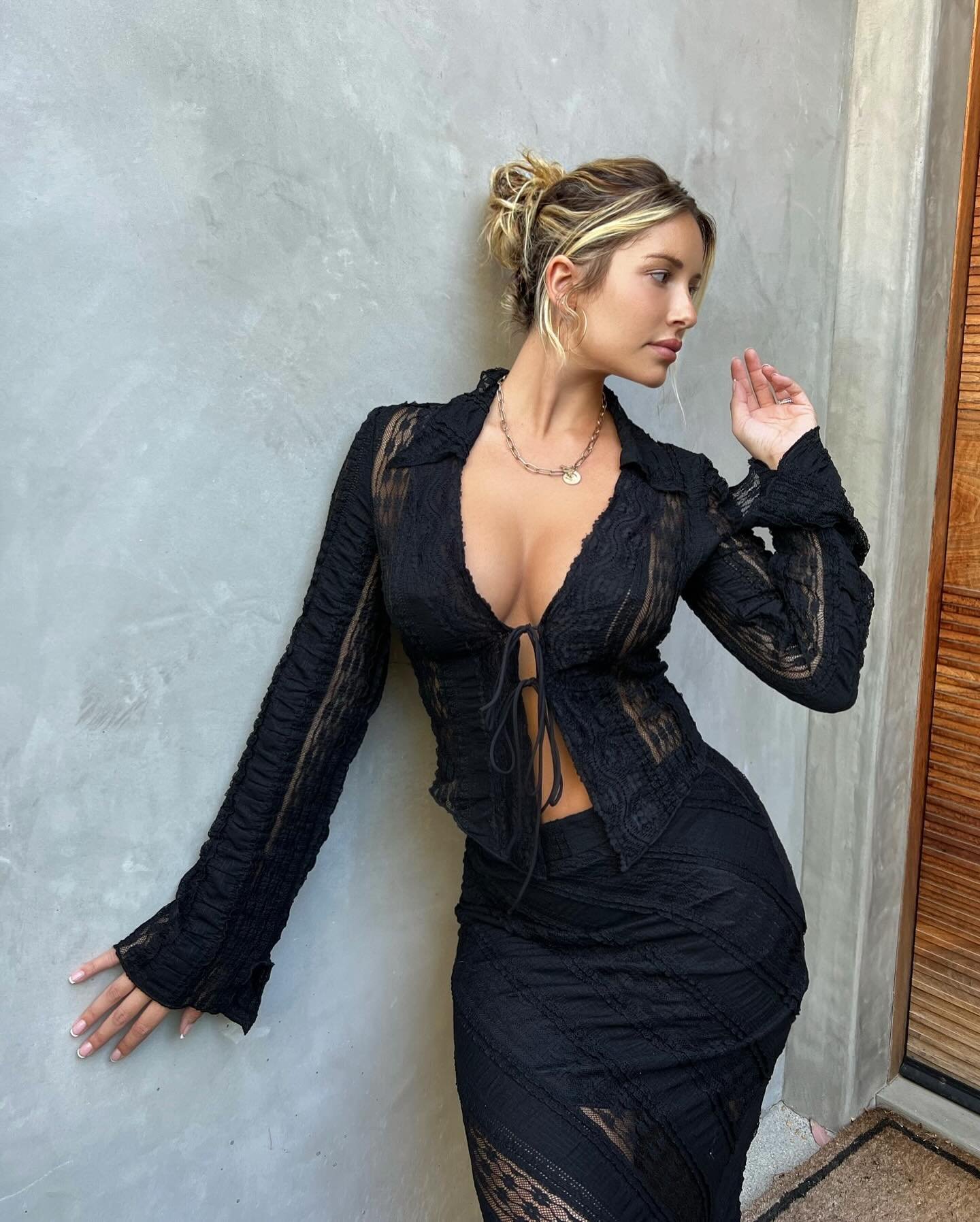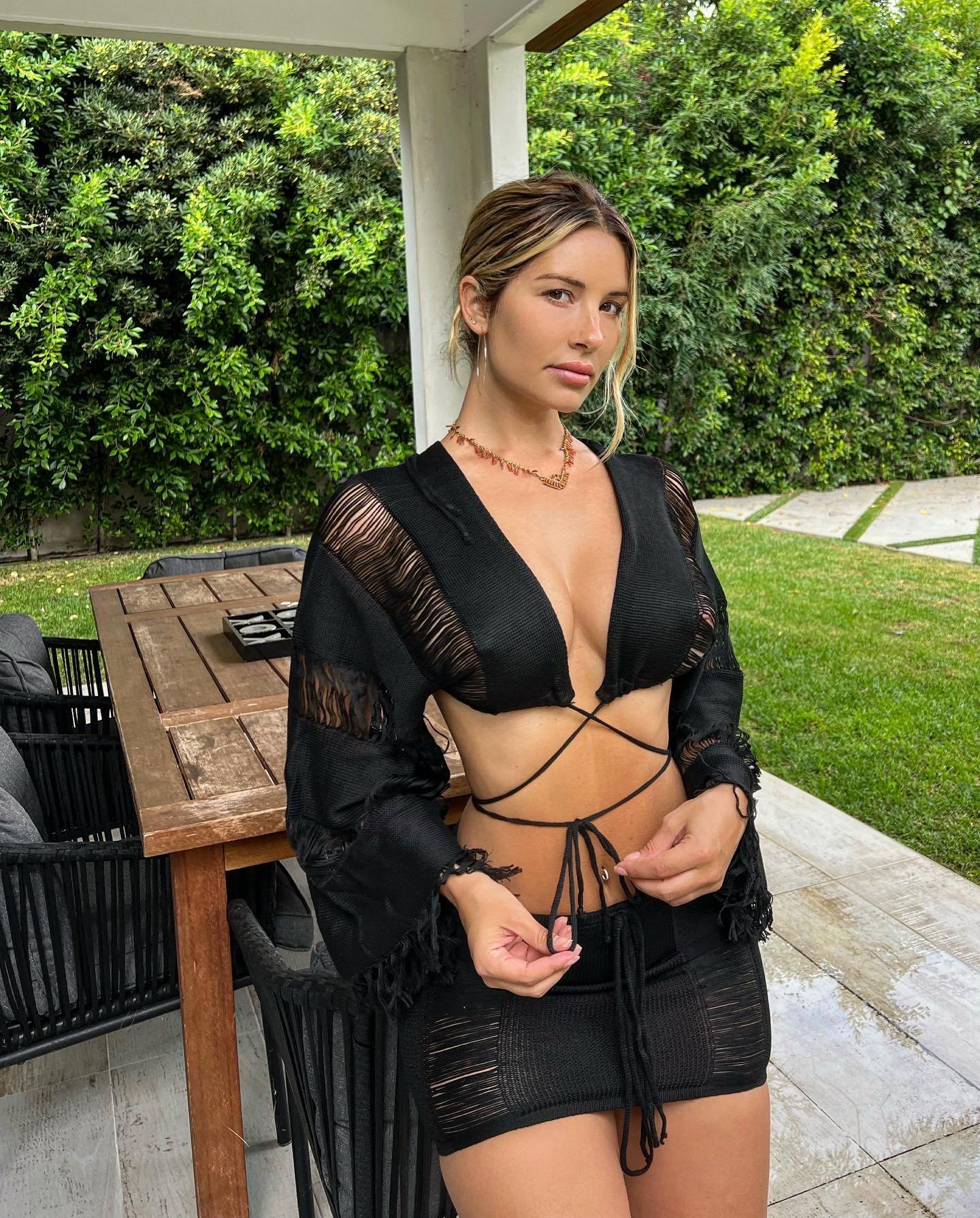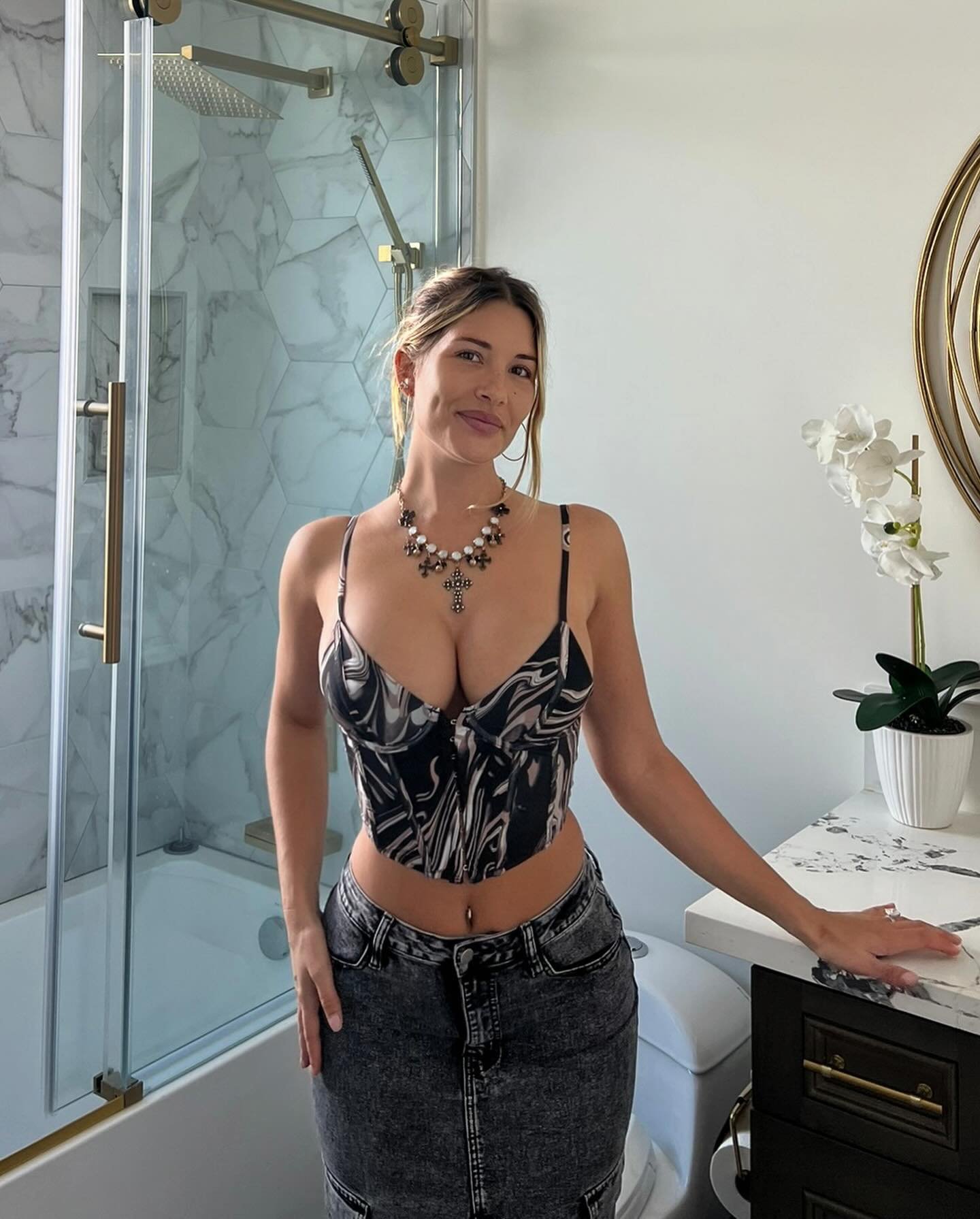In today’s world of beauty standards, one physical feature that continues to captivate the imagination of many is the hourglass figure. A silhouette characterized by a narrow waist, curvy hips, and a well-defined bust, the hourglass shape has become a symbol of femininity, allure, and sensuality. This coveted body type has long been admired in cultures worldwide, from ancient statues to modern-day supermodels. But what makes this figure so desirable? Is it simply a matter of aesthetics, or is there something deeper that explains why the hourglass shape is the dream of so many?
The hourglass figure is often considered the epitome of balanced beauty. Its proportions are seen as visually harmonious, as the waist is visibly smaller than the hips and bust, creating an “inverted ‘S'” shape that flows naturally. This curvature enhances the overall shape, drawing attention to the body’s natural lines. Many cultures associate this body shape with fertility, youth, and health, which may explain why it is so universally admired.

Throughout history, the hourglass figure has been celebrated by various cultures, from ancient sculptures to Renaissance art. Icons like Marilyn Monroe and Sophia Loren are often cited as examples of women who embodied the ideal hourglass figure, leaving a lasting impact on fashion and beauty standards.
While the hourglass figure is aesthetically pleasing, the desire for such a body type may be more deeply rooted in evolutionary psychology. Research suggests that men and women tend to find the hourglass shape attractive because it is associated with fertility and good health. The body’s natural curves, particularly around the hips and waist, signal the presence of healthy reproductive systems. In evolutionary terms, these signals may have been subconsciously interpreted as indicators of a woman’s ability to bear children and care for them.

Beyond its evolutionary significance, the hourglass shape also represents femininity in a way that contrasts with the straight, less defined lines of other body types. This distinct curvature highlights a sense of softness and sensuality, which can feel empowering for many women who aim to embody these traits.
The portrayal of the hourglass figure in popular culture and media has played a significant role in shaping societal beauty standards. From the golden age of Hollywood to today’s celebrities, the hourglass shape has been idolized, creating an aspirational image for women everywhere. Stars like Beyoncé, Kim Kardashian, and Scarlett Johansson have made the hourglass figure mainstream, with their bodies often celebrated as the ideal of beauty.

However, while the media’s representation of the hourglass figure may inspire some, it can also create pressure for others to conform to this ideal. Social media platforms, particularly Instagram, have accelerated this trend, with influencers and fitness gurus promoting body types that align with the hourglass shape. Unfortunately, this often leads to unrealistic expectations and the promotion of potentially unhealthy body trends, such as extreme dieting or surgery, to achieve such a figure.
Fashion has long been used as a tool to accentuate and celebrate the hourglass figure. Clothing styles such as pencil skirts, corsets, and bodycon dresses are designed to highlight the curves of the body, drawing attention to the waist and hips. Corsets, which were historically used to achieve a smaller waist, have made a comeback in modern fashion, further cementing the association between a narrow waist and the ideal feminine form.

In recent years, the rise of shapewear, including waist trainers, has also contributed to the popularity of the hourglass figure. These garments are designed to slim the waist and enhance the natural curves of the body, creating a more defined shape. While shapewear can provide temporary results, it has sparked a conversation about body image, with many questioning whether this pursuit of the “perfect” figure is healthy or sustainable in the long term.
Achieving an hourglass figure has also become a major goal for many individuals in the fitness world. Fitness models and personal trainers often promote exercises and diets aimed at enhancing the waist-to-hip ratio, helping individuals sculpt their bodies to match this ideal. Exercises such as squats, lunges, and ab twists are commonly recommended for those looking to achieve the hourglass silhouette. These workouts target the muscles in the hips, thighs, and waist, creating more definition and enhancing natural curves.

Diet and nutrition also play a key role in achieving an hourglass figure. While there is no one-size-fits-all approach to fitness, many women turn to diets that promote fat loss while building muscle in areas like the glutes and thighs. This combination of exercise and nutrition can help individuals achieve the desired shape, though it’s important to note that genetics also play a significant role in body shape and proportions.
While the hourglass figure is undoubtedly a popular ideal, it’s important to recognize that beauty comes in all shapes and sizes. In recent years, there has been a growing movement to challenge traditional beauty standards and embrace diverse body types. Models and influencers of various body shapes, including those with fuller figures or different proportions, are gaining recognition and challenging the notion that the hourglass shape is the only representation of beauty.

Body positivity advocates argue that self-acceptance and confidence should be prioritized over trying to conform to an idealized body type. By promoting inclusivity and celebrating all body shapes, the beauty industry is slowly shifting toward a more realistic and diverse representation of women’s bodies.
While striving for the hourglass shape can be empowering for some, it’s essential to consider the psychological effects of pursuing such an ideal. For some, the pressure to conform to beauty standards can lead to negative body image, low self-esteem, and even unhealthy behaviors such as extreme dieting or excessive exercise. The constant comparison to social media influencers and celebrities can also exacerbate feelings of inadequacy.

It’s crucial to recognize that every individual’s body is unique, and there is no one-size-fits-all approach to beauty. The key to body confidence is learning to appreciate and love one’s natural form, regardless of whether it matches the traditional hourglass ideal.
Ultimately, the most important factor in achieving beauty and confidence is embracing one’s natural shape. Whether you have an hourglass figure or a different body type altogether, the key is to feel comfortable and confident in your own skin. Wearing clothes that make you feel empowered, exercising for health and well-being, and surrounding yourself with positive influences can all contribute to a healthier self-image.

Instead of focusing solely on achieving a particular body type, it’s essential to redefine beauty in terms of self-love, individuality, and well-being. When women feel empowered to embrace their own unique shapes, they are more likely to experience true confidence, regardless of how closely their body aligns with societal ideals.
The hourglass figure has undeniably become a symbol of beauty, femininity, and sensuality, admired by many across the globe. Its proportions, often associated with health and fertility, have made it a desirable body type for centuries. However, as society becomes more inclusive and diverse in its definition of beauty, it is essential to recognize that all body types are beautiful. Rather than focusing solely on achieving a specific shape, the focus should be on promoting self-acceptance and confidence. Every individual, regardless of their body shape, deserves to feel empowered, valued, and beautiful.

By embracing diverse body types and challenging outdated beauty standards, we can create a more inclusive and positive future where every woman can confidently express herself without the pressure to conform to a singular ideal.
